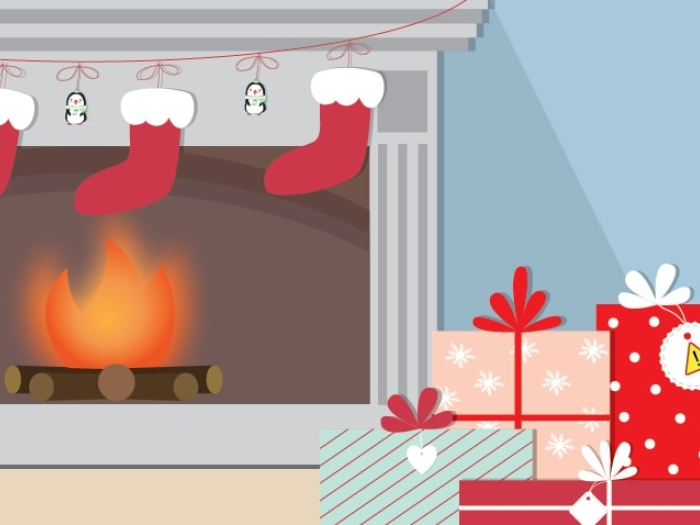Products meant to help babies sleep could have unintended consequences. A U-M pediatrician explains the details.
7:00 AM
Author |

Sleep positioners and sleep wedges are marketed to offer a baby comfort and support — and, despite a lack of scientific evidence, lessen the risk of sudden infant death syndrome (SIDS).
MORE CHILDREN'S HEALTH: Sign up for our weekly newsletter
But, says Lauren Helms, M.D., a general pediatrician at University of Michigan C.S. Mott Children's Hospital, parents of newborns shouldn't believe the hype behind these products, which are widely available at retailers and online.
And they shouldn't buy one, either.
That's because the devices can cause the fatalities they're supposedly designed to prevent.
Sleep positioners were responsible for 12 infant deaths during a 13-year span, according to a warning the Consumer Product Safety Commission and the Food and Drug Administration issued in 2010.
Suffocation caused the deaths, all in babies between 1 and 4 months old. Fatalities usually occurred after a child rolled over in the positioner or became trapped between the positioner and the side of a crib or bassinet, the agencies warned.
They also noted "dozens" of reports of nonfatal instances where babies were found in potentially hazardous positions next to or within a sleep positioner.
Ultimately, less is more in a baby's sleep space.Lauren Helms, M.D.
A warning revisited
The products saw renewed scrutiny this month when the American Academy of Pediatrics released a policy statement on safe sleeping guidelines for babies. (See an infographic on the statement below.)
Among the recommendations: No sleep positioners or wedges.
This is why Helms continues to stress the importance of a setup she and countless other experts have long advocated: "A firm mattress, with a fitted sheet in a crib or bassinet free from toys, pillows, bumper pads or thick blankets."
A thin blanket, when used to properly swaddle, is OK, she notes.
The AAP report also advised that babies should sleep in the same bedroom as their parents for the first six to 12 months of life.
"In the newborn period, we encourage having the infant within arm's reach of parent or mom, to promote breastfeeding, but in an independent sleep space," Helms says.
To help reduce the potential of SIDS — which remains the leading cause of death for infants younger than 1 — babies should always sleep on their backs.
With that in mind, "Flat-back sleeping is a skill that has to be practiced," Helms says, "and we shouldn't expect young infants to do it well all the time."

Ensuring safe sleep
Because the cushions of some sleep positioners could be used to help babies doze off while placed on their side or "cradled in a snuggle position," Helms says the devices not only raise suffocation risk but also can discourage independent sleep.
SEE ALSO: What Science Says About Letting Your Baby 'Cry It Out'
Nor do they always have clear usage guidelines.
In the case of one product, meant to be placed next to a parent in the adult's bed, Helms notes the instructions say the adjacent adult "should be able to easily awaken … which may be an unrealistic expectation for a sleep-deprived parent."
Sleep wedges, meanwhile, are sold with the notion that propping up a baby at a slight incline can prevent acid reflux and flat head syndrome (also known as plagiocephaly) — the latter a "cosmetic issue" that most often corrects itself over time as babies develop stronger neck and shoulder muscles, Helms says. Incorporating supervised tummy time during the day when a baby is awake and alert also can help.
Given the mortality data tied to sleep aids without any evidence-based benefit, Helms and other clinicians strongly urge against the use of any such prop.
"Ultimately, less is more in a baby's sleep space," says Helms. "Your pediatrician or family practice doctor can help navigate sleep questions and challenges as they arise."

Explore a variety of health care news & stories by visiting the Health Lab home page for more articles.

Department of Communication at Michigan Medicine
Want top health & research news weekly? Sign up for Health Lab’s newsletters today!





